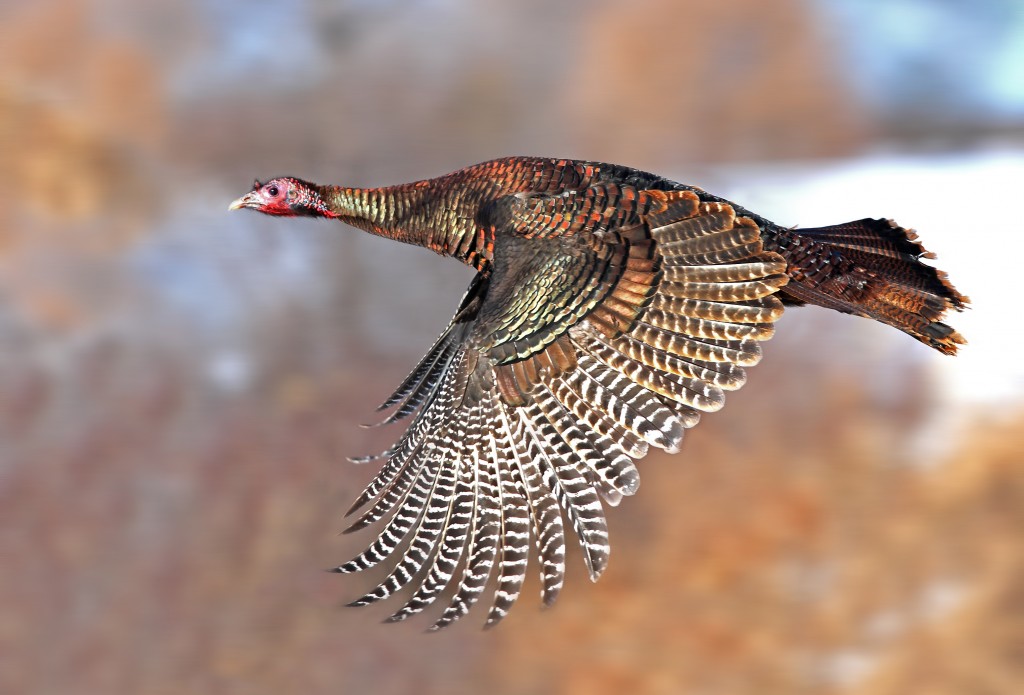The Ultimate Guide to Winter Birdwatching in Iowa
By Katie on January 14, 2016 in Blog

Beat the winter blues by checking out some colorful creatures — it’s time to bird watch! Even though some species have headed south for the winter, there are still many opportunities to glimpse our feathered friends in Iowa. Check out the tips and tricks below to make the most of your experience.
Know what species to look for
Nature Worldwide has compiled a list of all the different bird species in Iowa. Each listing states the bird’s scientific name, common name and “UIA.” The UIA codes include each species abundance in the state and status of permanence. Take the red-bellied woodpecker for example. This bird has a UIA of “CN” which means that they are common birds to sight and they nest in Iowa, but are absent for part of the year. These codes can help bird watchers identify which species are around from season to season.
Where to Go:
State parks/forests
Look for areas with coniferous covering or brushy areas. Many species will feed off of remaining berries, nuts etc. Find an area near you.
Water sources
Any open water source will attract a variety of species, as many rely on aquatic animals or plants as food sources. Look for ducks, geese and other shorebirds. Be aware that many species migrate, so your sightings may vary from month to month.
Open fields
A wide open field (especially one with little snow covering) can be a great place to glimpse hunting hawks or owls. Look for flocks of wild turkeys too.
Your own backyard
Not a fan of sub-zero temps? Watch from the comfort of your own home. To attract feathered friends, hang a bird feeder where you can see it and include an offering of diverse seeds at a variety of different heights. Also consider investing in a heated bird bath — it can sometimes be difficult for birds to find an unfrozen water source.
What to Bring:
Binoculars
Some bird species, like the male cardinal, are easy to see — especially when contrasted with snowy winter whites. But others can be more tricky to spot. Increase your odds with a nice pair of binoculars. You’ll be able to see farther and with more clarity. A good rule of thumb is to wait until you hear a bird, then search in the direction of the sound.
Notebook + Pen
A small notebook is the perfect spot to record observations. Jot down what you see, where and when. If you’re a frequent watcher, keeping a log can help you establish patterns in behavior.
Field Guide
You’ve spotted a beautiful bird, but now you want to know what it is! A field guide can help. Each guide is different, but often contain photographs or drawings and text information about the species. Check out guides for all ages and experience levels here.
Other Factors to Consider:
Bundle Up
From snow and sleet to biting wind, an Iowan winter can be brutal. Dress in layers and always keep areas susceptible to frostbite covered, including the nose, ears and fingers. Invest in a pair of well-fitting gloves so it’s easier to hold binoculars and track findings.
Participate in the Great Backyard Bird Watch
Every year the Cornell Lab collects citizen observation data to analyze bird populations around the world. This information along with other surveys, helps scientists learn how bird species are affected by environmental changes. To participate, simple count birds for at least 15 minutes any time between Feb. 12-15, then submit your observations. Find more information here.
Happy observing!
